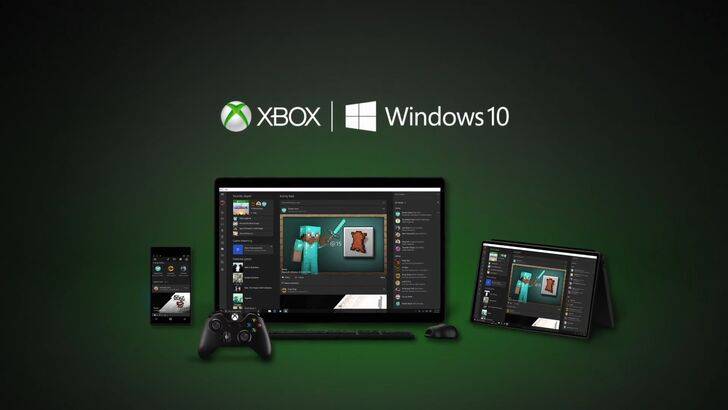 Valve developer Pierre-Loup Griffais recently clarified that SteamOS isn't designed to replace Windows. This article explores Valve's approach and its implications for the gaming market.
Valve developer Pierre-Loup Griffais recently clarified that SteamOS isn't designed to replace Windows. This article explores Valve's approach and its implications for the gaming market.
Valve's SteamOS: Not a Windows Killer
SteamOS's True Purpose
 In a January 9, 2025 interview with Frandroid, Griffais addressed the common misconception that SteamOS aims to dethrone Windows. He stated that SteamOS's objective isn't market share dominance or actively diverting users from Windows. Instead, the focus is on providing a viable alternative for users who prioritize a different set of features and functionalities. If SteamOS becomes a compelling option for typical desktop users, it's considered a success in offering increased consumer choice.
In a January 9, 2025 interview with Frandroid, Griffais addressed the common misconception that SteamOS aims to dethrone Windows. He stated that SteamOS's objective isn't market share dominance or actively diverting users from Windows. Instead, the focus is on providing a viable alternative for users who prioritize a different set of features and functionalities. If SteamOS becomes a compelling option for typical desktop users, it's considered a success in offering increased consumer choice.
The introduction of SteamOS on PCs and handhelds expands user options, particularly for gamers.
Lenovo Legion GO S: SteamOS on a Handheld
 Microsoft's Windows operating system remains the dominant force in the PC market. However, Lenovo's recent unveiling of the Legion GO S handheld, powered by SteamOS at CES 2025, marks a significant step for SteamOS. This is the first time SteamOS, the operating system behind the Steam Deck, is available on a non-Valve device. While not yet a market competitor to Windows, Griffais hinted at future expansion and growth for SteamOS.
Microsoft's Windows operating system remains the dominant force in the PC market. However, Lenovo's recent unveiling of the Legion GO S handheld, powered by SteamOS at CES 2025, marks a significant step for SteamOS. This is the first time SteamOS, the operating system behind the Steam Deck, is available on a non-Valve device. While not yet a market competitor to Windows, Griffais hinted at future expansion and growth for SteamOS.
Microsoft's future strategy may need adjustments as SteamOS gains wider device compatibility.
Microsoft's Counter-Strategy: Blending Xbox and Windows
 Microsoft's response to the rising popularity of handheld gaming devices like the Switch and Steam Deck, and the expansion of SteamOS, involves integrating the best features of Xbox and Windows. Microsoft's VP of "Next Generation," Jason Ronald, highlighted a player-centric approach, focusing on user experience and game library accessibility. However, details on how this strategy will manifest in their still-under-development handheld remain scarce. Further information on Microsoft's plans can be found in a related news article.
Microsoft's response to the rising popularity of handheld gaming devices like the Switch and Steam Deck, and the expansion of SteamOS, involves integrating the best features of Xbox and Windows. Microsoft's VP of "Next Generation," Jason Ronald, highlighted a player-centric approach, focusing on user experience and game library accessibility. However, details on how this strategy will manifest in their still-under-development handheld remain scarce. Further information on Microsoft's plans can be found in a related news article.
 Home
Home  Navigation
Navigation






 Latest Articles
Latest Articles










 Latest Games
Latest Games












